Candycap Muchroom
$175.00 – $1,150.00
Candy Cap is a rare mushroom to find and the shelf life is rather short. This is why you will often only see the dried version available. As suspected by the name, they are sweet, resembling maple syrup and butterscotch with a hint of Curry. They are more commonly used in sweet applications but can compliment savoury dishes exceptionally well.
Candycap Mushroom
candycap mushroom , also known as Curry Milk Cap mushroom is a peculiar mushroom variant that is often used as a natural sweetener and flavor enhancer in various desserts. Yes, you’ve read that right, desserts. While this saccharine fungus hasn’t gained much traction in the culinary world, it has definitely stirred up a lot of interest in recent years
.Candy Cap is a member of the large milk-cap genus Lactarius that secrete a milky discharge when they are bruised or cut. Scientifically known as Lactarius rubidus, Candy Caps are small to medium-size mushrooms that are usually burnt orange in color. Its cap shape ranges from broadly convex to slightly concave as it ages.
Candy Cap mushrooms are highly distinguishable by their scent, which has been likened to that of maple syrup or butterscotch. It’s signature sweet scent may be quite faint in fresh mushrooms but becomes stronger as it dries. As a matter of fact, drying it indoors can produce an aroma strong enough to perfume an enclosed space for days and even months.

Candy Caps can be found growing in moss or rotting matter underneath cone-bearing trees and hardwoods such as pine, spruce, and oak. They can be widely scattered or in groups, but never in clusters. The ideal time to forage these fungi is during late autumn or early winter. As there are a number of mushrooms similar to Candy Caps, it’s crucial to know its distinct features, especially if you’re a novice collector.
Freshly-picked Candy Caps doesn’t exactly smell like maple syrup; it’s really more like a faint sweet scent. Candy Cap mushrooms contain amino acids that when combined together produces a chemical called quabalactone III. When this chemical is combined with water, it produces sotolon,
which is basically the substance responsible for giving it that distinctive maple syrup scent as it dries. Sotolon is actually the same chemical that food manufacturers add to their sugar-based products such as maple-flavored syrups, aka “fake” maple syrups. Isn’t it amazing how Candy Caps are capable of making “fake” maple syrups through natural processes? How ironic, isn’t it?
| Quantity | Oz, Ounce, 1/2Pound, Pound |
|---|
Be the first to review “Candycap Muchroom” Cancel reply
Related products
DRY MUSHROOM
DRY MUSHROOM
DRY MUSHROOM
DRY MUSHROOM
DRY MUSHROOM
DRY MUSHROOM
DRY MUSHROOM
DRY MUSHROOM


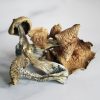
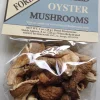
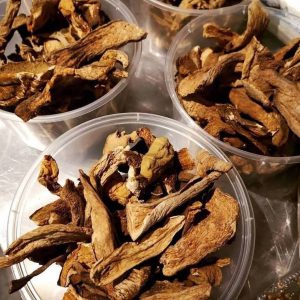
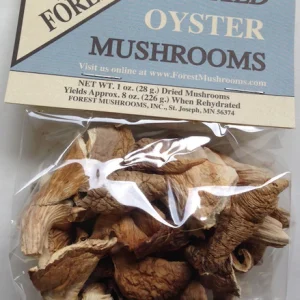
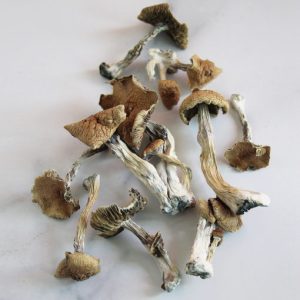
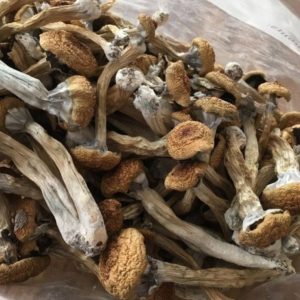
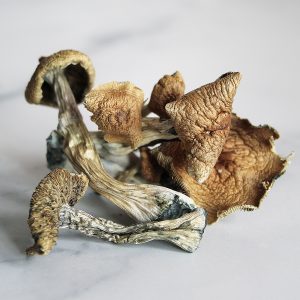
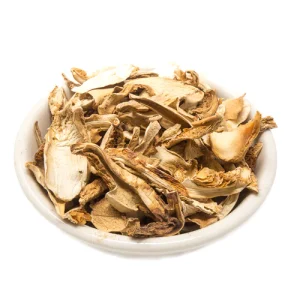
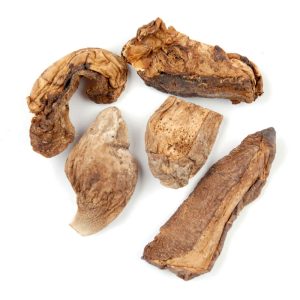

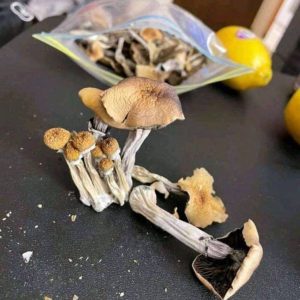
Reviews
There are no reviews yet.